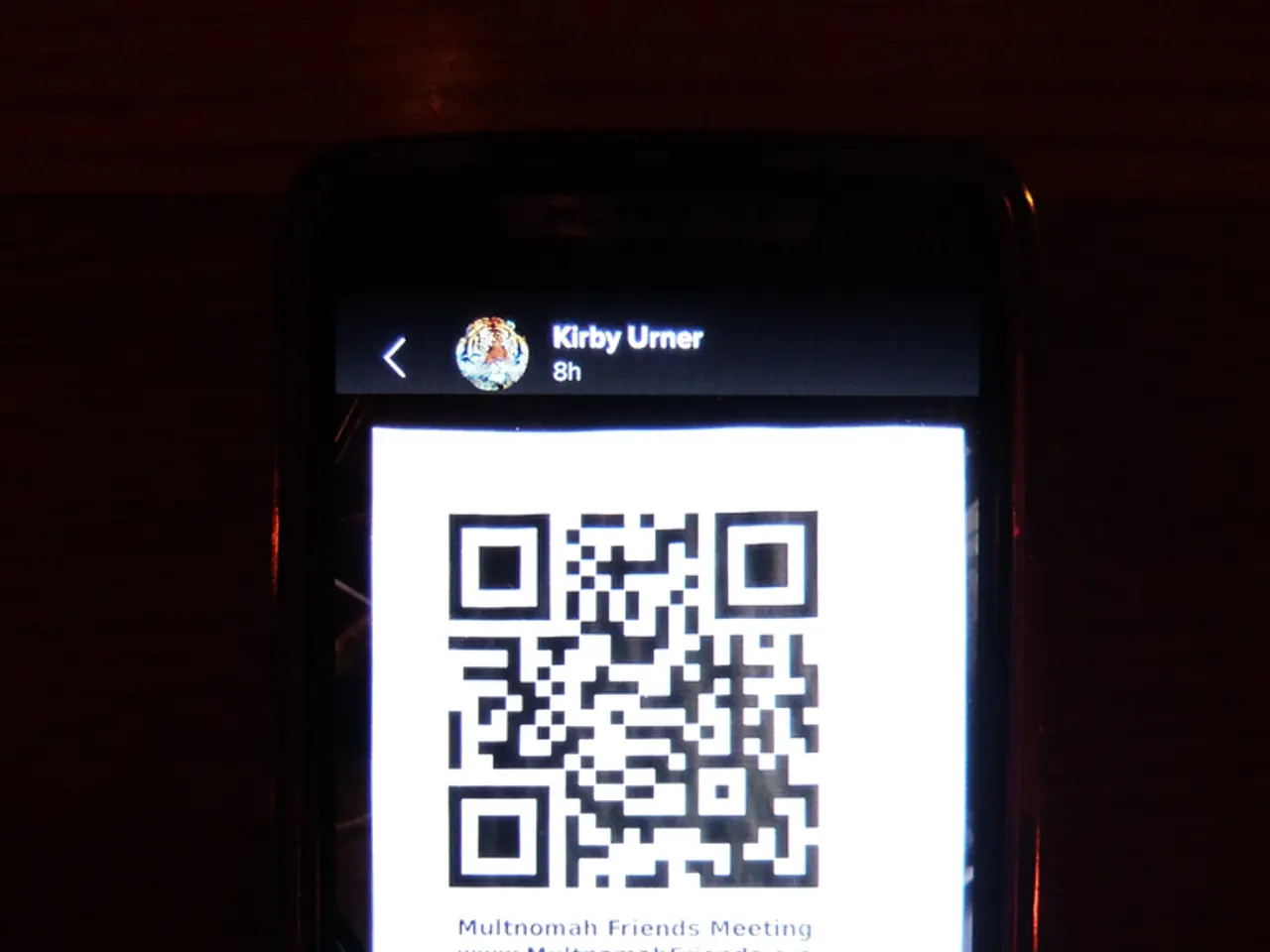Struggling to Gain Traction: Ghana's Quick Response Payment System Confronts Slow User Acceptance Following Initial Excitement
======================================================================
Ghana's digital payments landscape has been evolving, with the introduction of the GhQR platform playing a significant role. Developed by GhIPSS in partnership with the Bank of Ghana (BoG), GhQR was launched in 2020 as the country's universal QR code payment system.
The platform, designed to simplify QR payments, integrates with GhanaPay, a mobile wallet launched by the central bank. GhQR allows users to scan displayed QR codes with their smartphones to make payments or dial USSD codes. It enables consumers to make instant payments from various funding sources, including bank accounts and mobile wallets.
However, the adoption of GhQR has been a gradual process. Initially, there were challenges to wide adoption, but it picked up after 2021. Despite these efforts, awareness about GhQR remains poor, and users suggest collaboration between GhIPPs and banks to create more awareness.
Ghana's digital payments are playing catch-up compared to juggernauts in Asia and Latin America. For instance, India's Unified Payments Interface (UPI) processed 19.47 billion transactions worth approximately $302 billion in July 2025 alone. China's platforms like Alipay and WeChat Pay, with about 90% market share, serve 1.4 billion people through QR-based mobile wallets.
Brazil's Pix system achieved over 70% adoption among adults by 2025, enabling instant transfers via QR codes or keys. In contrast, the total value of mobile money transactions in Ghana reached a high of GHC 365 billion in April 2025, surpassing the GHC 3 trillion mark in 2024.
The Central Bank of Ghana and the Ghana Interbank Payment and Settlement Systems (GhIPSS) have been promoting the adoption of the GhQR payment system by building a unified QR code payment platform that supports mobile wallets, cards, and bank accounts. This comprehensive modernization of Ghana's payment infrastructure has accelerated GhQR adoption by making payments accessible and interoperable across different systems.
The BoG is also focusing on virtual assets, which could open up stablecoin usage and other crypto payments. This focus could potentially position GhQR as a key player in Ghana's digital payments future, but it remains uncertain whether the platform will become more useful or be left to the wayside as the BoG focuses on virtual assets.
GhQR was the first of its kind in the African region, paving the way for digital payments innovation across the continent. As Ghana continues to embrace digital payments, the future of GhQR remains an exciting prospect for the country's financial sector.








